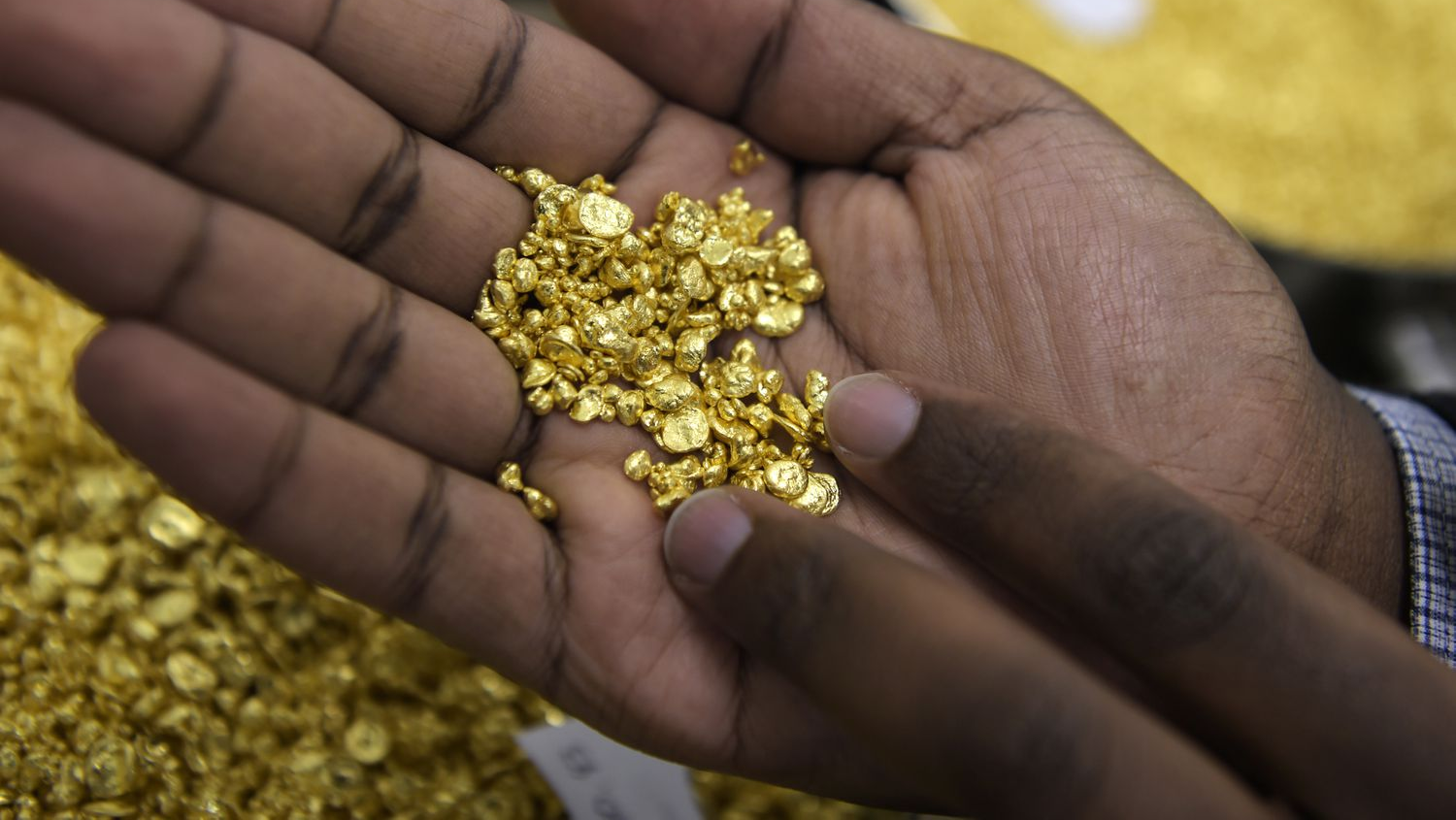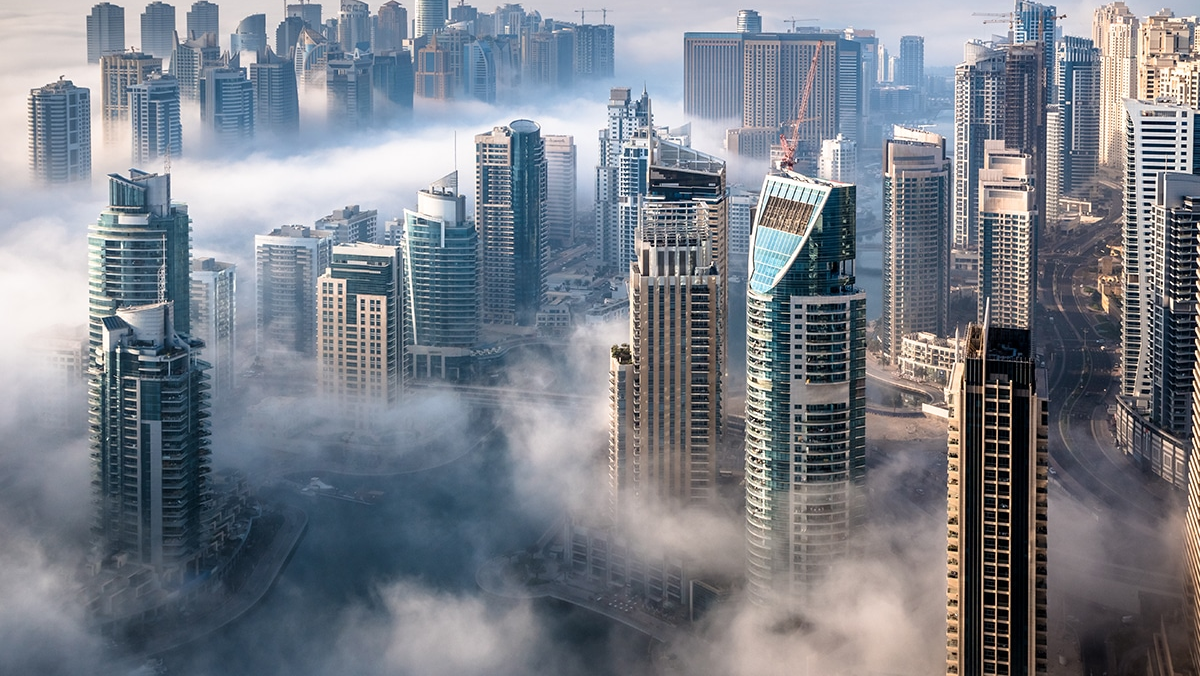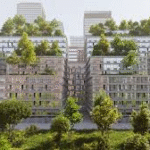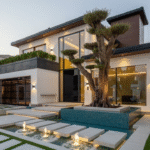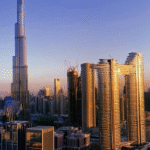Now Reading: Dubai Real Estate 2025: Where Are Prices Rising the Fastest?
-
01
Dubai Real Estate 2025: Where Are Prices Rising the Fastest?
Dubai Real Estate 2025: Where Are Prices Rising the Fastest?

Table of Contents
Imagine owning a property in Dubai where the value climbs steadily, turning your investment into a thriving asset while you enjoy the city’s vibrant lifestyle. Dubai’s real estate market in 2025 is buzzing with opportunity, driven by a 5% population surge, 25 million tourists, and a robust economy. With no personal income tax, capital gains tax, or annual property taxes, you keep far more than in cities like London or New York, where taxes can erode 15-40% of profits.
The UAE’s dirham, pegged to the U.S. dollar, eliminates currency risk, and residential sales are VAT-exempt, saving thousands. Expected price growth of 5-8% and rental yields of 6-10% outshine global hubs like London (2-4%) or New York (3-4%). Properties over $545,000 qualify for a 10-year Golden Visa, adding residency perks. This guide explores five Dubai areas where prices are rising fastest in 2025 Palm Jumeirah, Jumeirah Islands, Dubai Hills Estate, Emirates Hills, and Dubai Marina highlighting their growth, investment potential, and lifestyle appeal.
Why Dubai’s Property Market Is Booming

Dubai’s freehold zones, where foreigners can own property outright, attract 58% non-resident buyers, fueling price growth. The absence of personal income tax means a $400,000 property yielding 7% ($28,000 annually) stays fully yours, compared to $19,600-$22,400 after taxes elsewhere. Zero capital gains tax ensures a $200,000 profit on a sale is untouched, unlike $40,000-$56,000 lost in the U.S. or UK.
Annual property taxes, common at 1-2% ($4,000-$8,000), don’t exist in Dubai. Residential sales are VAT-exempt, saving 5% ($20,000-$50,000), though off-plan purchases may incur recoverable VAT. The 9% corporate tax, introduced in 2023, doesn’t apply to individuals, and free zone companies with qualifying income face zero corporate tax, saving $2,000-$15,000 yearly. Small business relief waives corporate tax for revenues under $816,000 until December 31, 2026. With 94,000 residential transactions in the first half of 2025, a 23% increase year-on-year, and villa prices up 29% annually, these areas are seeing the fastest price surges.
Palm Jumeirah: Luxury Price Leader
Palm Jumeirah, a freehold free zone, Real Estate is Dubai’s iconic man-made island, where prices are soaring at 8-10% annually, with villas up 40% year-on-year. Offering 1-3 bedroom apartments ($544,500-$1.36 million) and 3-7 bedroom villas ($1 million-$5 million) at AED 3,200 ($871) per square foot, projects like The Royal Atlantis feature private beaches and resort-style amenities. A $1 million villa yields $50,000-$70,000 tax-free annually at 5-7% yields, versus $35,000-$49,000 elsewhere. Selling it for $1.5 million after a 50% price surge yields a $500,000 tax-free profit, saving $100,000-$140,000.
Initial costs include a 4% Dubai Land Department (DLD) fee ($21,780-$200,000), 2% broker fee ($10,890-$100,000), and a 10% deposit ($54,450-$500,000). Annual maintenance fees are $8,000-$15,000, and landlords pay a 5% municipality fee ($2,500-$3,500). A free zone company saves $15,696 on $174,400 in rental income. U.S. investors can deduct depreciation ($29,673-$148,364) and management fees ($4,564-$26,109), saving up to $34,682. Golden Visa eligibility applies. Short-term rentals, leveraging 25 million tourists, boost yields by 10-20%.
Living here feels like a permanent vacation, with beachfront views and luxury dining, driving rapid price growth.
Jumeirah Islands: Exclusive Villa Hotspot
Jumeirah Islands, a freehold gated community, sees villa prices rising at 41% annually, among Dubai’s highest. Offering 3-5 bedroom villas ($1.09 million-$2.72 million) at AED 2,800 ($762) per square foot, projects like Jumeirah Islands Mansions provide private pools and lush landscapes. A $1.5 million villa yields $75,000-$105,000 tax-free annually at 5-7% yields, versus $52,500-$73,500 elsewhere. With 41% growth, selling it for $2.115 million yields a $615,000 tax-free profit, saving $123,000-$172,200.
Initial costs include a 4% DLD fee ($43,560-$108,900), 2% broker fee ($21,780-$54,450), and a 10% deposit ($109,000-$272,250). Annual maintenance fees are $5,000-$12,000, and landlords pay a 5% municipality fee ($3,750-$5,250). A free zone company saves $15,696 on $174,400 in rental income. U.S. investors can deduct depreciation ($44,509-$80,727) and management fees ($6,849-$14,205), saving up to $20,848. Golden Visa eligibility applies. Its exclusivity and low supply drive price surges.
Residents enjoy a private, serene lifestyle, making it a magnet for high-net-worth buyers.
Dubai Hills Estate: Upscale Growth Star
Dubai Hills Estate, a freehold gated community, sees prices rising at 6-8% annually, with villas up 20%. Offering 2-3 bedroom apartments ($408,375-$816,750) and 3-6 bedroom villas ($680,625-$2.18 million) at AED 2,200 ($599) per square foot, projects like Sidra Villas feature golf-course views and Dubai Hills Mall access. A $600,000 villa yields $30,000-$48,000 tax-free annually at 5-8% yields, versus $21,000-$33,600 elsewhere. With 20% growth, selling it for $720,000 yields a $120,000 tax-free profit, saving $24,000-$33,600.
Initial costs include a 4% DLD fee ($16,335-$87,200), 2% broker fee ($8,168-$43,600), and a 10% deposit ($40,838-$217,800). Annual maintenance fees are $3,000-$10,000, and landlords pay a 5% municipality fee ($1,500-$2,400). A free zone company saves $8,720 on $87,200 in rental income. U.S. investors can deduct depreciation ($14,836-$79,273) and management fees ($2,283-$8,727), saving up to $17,341. Golden Visa eligibility applies. Its family-friendly amenities fuel price growth.
Expats love the secure gates and parks, boosting demand and prices.
Emirates Hills: Elite Price Surge
Emirates Hills, a freehold gated community, sees villa prices rising at 27% annually. Offering 4-7 bedroom villas ($1.36 million-$5.45 million) at AED 3,000 ($816) per square foot, projects like Emirates Hills Villas provide private estates and golf-course access. A $2 million villa yields $100,000-$140,000 tax-free annually at 5-7% yields, versus $70,000-$98,000 elsewhere. With 27% growth, selling it for $2.54 million yields a $540,000 tax-free profit, saving $108,000-$151,200.
Initial costs include a 4% DLD fee ($54,450-$217,800), 2% broker fee ($27,225-$108,900), and a 10% deposit ($136,000-$545,000). Annual maintenance fees are $10,000-$20,000, and landlords pay a 5% municipality fee ($5,000-$7,000). A free zone company saves $15,696 on $174,400 in rental income. U.S. investors can deduct depreciation ($59,345-$161,455) and management fees ($9,130-$28,418), saving up to $37,364. Golden Visa eligibility applies. Limited supply drives rapid price increases.
Its ultra-luxury appeal attracts wealthy buyers, pushing prices higher.
Dubai Marina: Waterfront Price Climber
Dubai Marina, a freehold free zone, sees apartment prices rising at 6-8% annually, with a 20% year-on-year increase. Offering 1-3 bedroom apartments ($272,250-$816,750) at AED 1,800 ($490) per square foot, projects like Marina Gate feature yacht views and metro access. A $400,000 apartment yields $24,000-$32,000 tax-free annually at 6-8% yields, versus $16,800-$22,400 elsewhere. With 20% growth, selling it for $480,000 yields a $80,000 tax-free profit, saving $16,000-$22,400.
Initial costs include a 4% DLD fee ($10,890-$32,670), 2% broker fee ($5,445-$16,335), and a 10% deposit ($27,225-$81,675). Annual maintenance fees are $2,000-$5,000, and landlords pay a 5% municipality fee ($1,200-$1,600). A free zone company saves $8,720 on $87,200 in rental income. U.S. investors can deduct depreciation ($9,891-$29,673) and management fees ($1,523-$5,227), saving up to $11,006. Golden Visa eligibility applies for properties over $545,000. Its tourist-heavy demand drives price surges.
The waterfront lifestyle and vibrant dining keep prices climbing.
Strategies to Maximize Your Investment
To capitalize on rising prices, use these strategies. First, target Palm Jumeirah or Emirates Hills for luxury villas with high appreciation. Second, consider off-plan properties in Dubai Hills for 20-30% lower costs and flexible payment plans. Third, set up a free zone company as a QFZP, saving $2,000-$15,000 annually on corporate tax.
Fourth, recover 5% VAT ($6,806-$250,000) on off-plan purchases via FTA registration, costing $500-$1,000. Fifth, leverage small business relief for revenues under $816,000 until December 31, 2026. Sixth, U.S. investors should report rental income on Schedule E, deducting depreciation, maintenance ($1,500-$20,000), and mortgage interest, saving thousands. Non-U.S. investors can use double taxation treaties with 130+ countries to avoid taxes like the UK’s 20-28% capital gains tax. Consult a tax professional for compliance.
Navigating Risks Amid Rising Prices
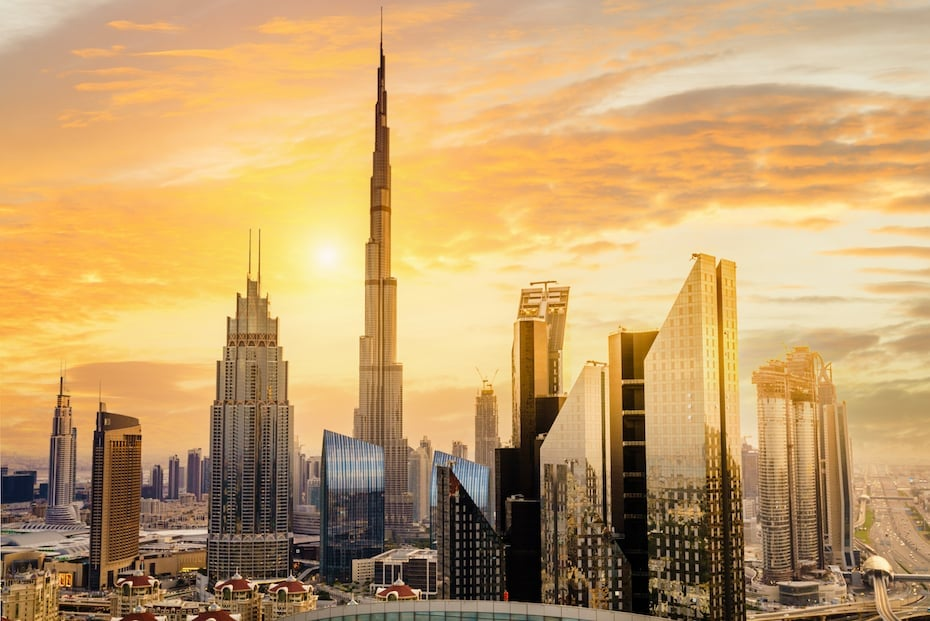
Risks include a projected oversupply of 41,000 units in 2025, potentially slowing price growth. Mitigate by choosing trusted developers like Emaar or Nakheel, verifying escrow compliance under the 2025 Oqood system, and targeting high-demand areas. Ensure QFZP eligibility to avoid fines up to $136,125. Short-term rentals in Dubai Marina or Palm Jumeirah offset risks, while long-term leases in Dubai Hills ensure stability. Monitor market trends to stay ahead of corrections.
Why These Areas Are Hot in 2025
Palm Jumeirah and Jumeirah Islands lead with 40-41% villa price surges, driven by luxury demand. Emirates Hills follows at 27%, fueled by exclusivity. Dubai Hills Estate and Dubai Marina, with 20% growth, balance upscale and urban appeal. With 5-10% yields, 5-10% appreciation, and Golden Visa perks, these areas offer expats and investors the fastest-rising prices and vibrant lifestyles in Dubai’s 2025 market.
read more: Dubai Property for Expats: Legal, Location, and Lifestyle Tips



